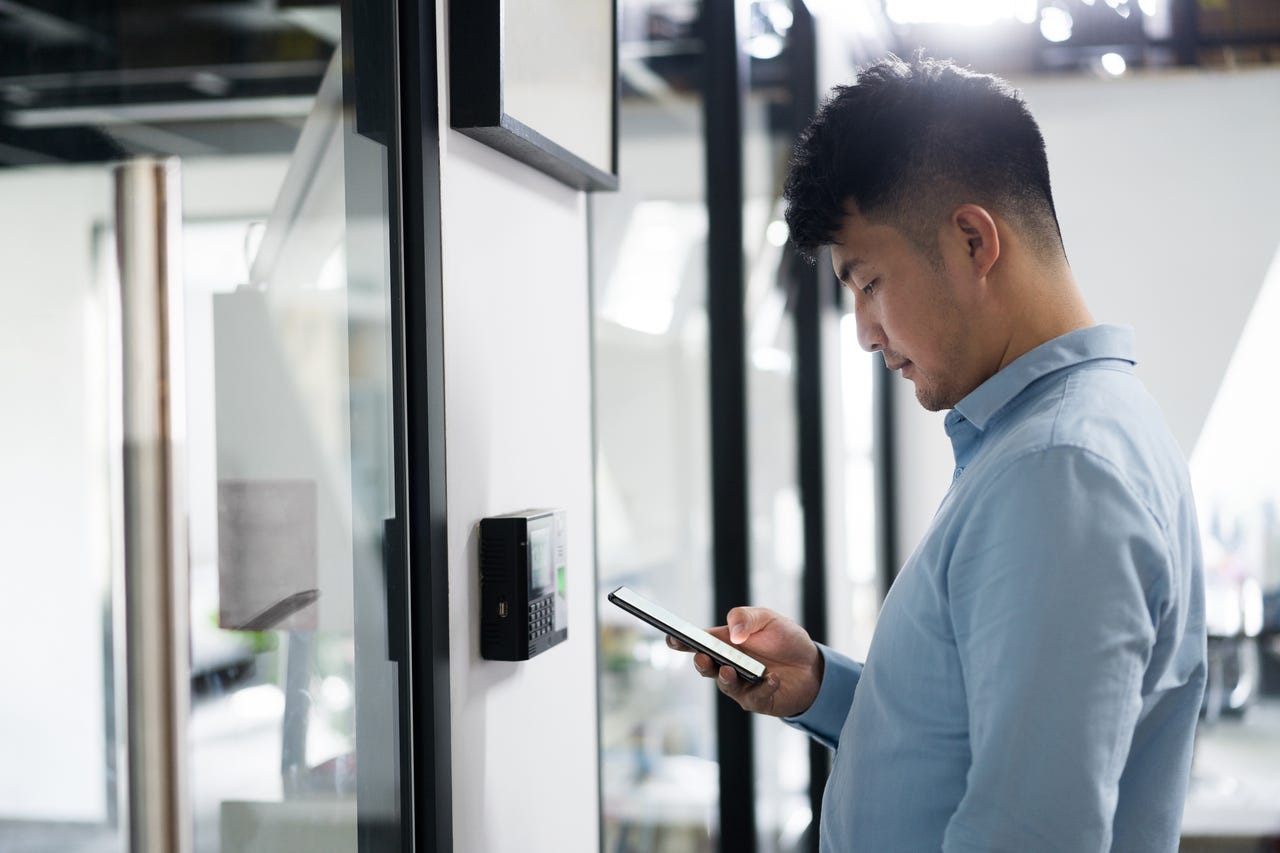'ZDNET Recommends': What exactly does it mean?
ZDNET's recommendations are based on many hours of testing, research, and comparison shopping. We gather data from the best available sources, including vendor and retailer listings as well as other relevant and independent reviews sites. And we pore over customer reviews to find out what matters to real people who already own and use the products and services we’re assessing.
When you click through from our site to a retailer and buy a product or service, we may earn affiliate commissions. This helps support our work, but does not affect what we cover or how, and it does not affect the price you pay. Neither ZDNET nor the author are compensated for these independent reviews. Indeed, we follow strict guidelines that ensure our editorial content is never influenced by advertisers.
ZDNET's editorial team writes on behalf of you, our reader. Our goal is to deliver the most accurate information and the most knowledgeable advice possible in order to help you make smarter buying decisions on tech gear and a wide array of products and services. Our editors thoroughly review and fact-check every article to ensure that our content meets the highest standards. If we have made an error or published misleading information, we will correct or clarify the article. If you see inaccuracies in our content, please report the mistake via this form.
How to enable Bitwarden biometric unlock (and why you should)


Imagine logging in to your Bitwarden vault and not realizing someone is looking over your shoulder. You type your master password and gain access to all of the wonders within, but you're unaware the person behind you now knows your master password.
Also: How to use Bitwarden Send (and when you should)
All this individual would then have to do is gain access to your phone, your desktop or even use your Bitwarden username and then log in to the web vault. They would then have access to your data -- simply because you typed your master password without realizing someone was watching.
So, how can you avoid that disaster? In a word, biometrics.
Your phone or laptop probably has a fingerprint scanner or face unlock (or both) and you probably use one of those methods to unlock your device. On my Pixel 7 Pro, I can use face unlock to gain access to my phone, but I'm limited to fingerprint scanning to unlock apps that require added security (such as Bitwarden). On my MacBook Pro, I have a fingerprint scanner, which serves to let me into the desktop and opens all apps that require a password.
Also: The best password managers to safely store your logins
With that technology in mind, the best (and fastest) way to unlock your Bitwarden password vault is via biometrics. When using this method, you don't have to worry about someone watching you type your master password.
If that sounds like something you might benefit from, read on -- because I'm going to show you how easy it is to enable biometric login.
How to enable biometric login for Bitwarden
What you'll need: The only thing you'll need for this is Bitwarden installed on a device that has biometric login capability. I'm going to demonstrate this on my Pixel 7 Pro. The process for enabling biometric login is similar on both the mobile and desktop versions of the app. The main difference is where you open the Settings window.
One thing to keep in mind is that, according to Bitwarden, unlocking your vault with biometrics is supported for Android via fingerprint unlock or face unlock, and for iOS via Touch ID and Face ID. As I mentioned earlier, on my Pixel 7 Pro, I do not have the option for face unlock in Bitwarden.
Also: The best way to ensure your privacy with a web browser
In fact, in the Pixel 7 settings, it's clear that you can unlock your phone via face or fingerprint, but the only option for verifying it's you within an app is via fingerprint. In other words, YMMV. Even so, you can enable one or the other.
1. Open Bitwarden
Log in to your device and open Bitwarden. You'll be prompted for your master password, so look both ways before typing.
2. Open Settings
Once you've logged in to your Bitwarden vault, tap the Settings icon at the bottom right of the window.
Bitwarden running on my Pixel 7 Pro (Android 13).
3. Enable Biometrics
Under Security, you should see an entry for Unlock with Biometrics. By default, this will be disabled. To enable the feature, tap Unlock with Biometrics. When prompted, authenticate with either your fingerprint, face, password, pattern, or PIN (whatever method you have set up as the default on your device).
Also: How to enable Find My Device on your Android phone
After successfully authenticating, you should see Unlock with Biometrics now enabled. You can now either tap the Vault tab and use Bitwarden, or close the app, knowing the next time you attempt to access your vault, you'll be able to do so via biometrics.
You can also opt to enable Unlock with PIN code, but that defeats our purpose here.
Congratulations, Bitwarden authentication on your device is now safe from shoulder surfers and other passersby.